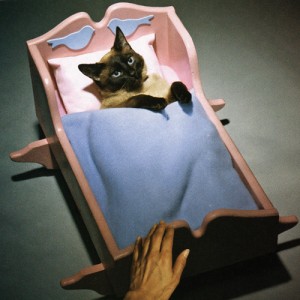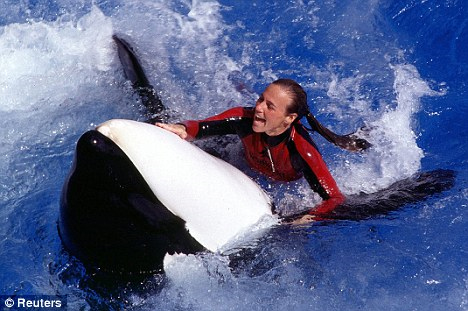
On February 24, 2010 in SeaWorld’s Shamu Stadium in Orlando, Florida, animal trainer Dawn Brancheau was pulled under the water by an orca. A few minutes later, Dawn was dead. Subsequent discussion in the media and around the Net has focused on the keeping of orcas and the dangers of working with powerful predators.
Profoundly missing in this discussion is Dawn’s voice.
I cannot speak for Dawn, but I can share with you the professional animal trainers’ perspective. You see, we all understand a common truth, and when an event like this occurs, we talk late into the night trying to figure out how we can effectively share that truth with others – how we can explain why, as Roy Horn was slipping from consciousness in the jaws of Mantecore the tiger during a Las Vegas show, he was saying over and over, “Please don’t hurt the cat… .”
Animal training is not a job, not a hobby, not an interest. It is an all-consuming passion. Those of us who devote our lives to working with animals love what we do beyond reason. We work 365 days a year, and when we are not working with animals, we are playing with them. We forego vacations, families, nice clothes, tidy homes, and most social activities to spend our lives with animals. We spend countless hours talking about how to care for animals, we get up every few hours to bottle-feed baby creatures, we spend all our money on animal care, and we use most of the rooms in our homes for something animal related. We are joyously consumed by our chosen path, and when an animal causes one of us injury or death we are sad, but hold no ill-will towards the animal. Let me explain.
We work with animals – not Disney characters, or humans wearing fur costumes – but real animals with real teeth and claws and immense power who behave according to their animal natures. We know that our chosen vocation is extremely safe based on the number of people harmed, but we also recognize that it entails real risk. We believe that life is an adventure we cannot authentically live solely by avoiding those things that might result in failure, injury, or death. Some people climb mountains, race cars, surf, pilot airplanes, luge, or share their lives with animals, and each of these journeys poses risks, although in truth people are far likelier to die in traffic accidents or childbirth than in any of these more dramatic undertakings. Sitting at home on a couch may indeed be a safer choice, but living a rich and full life and owning our own choices and their consequences are worth a little risk.
When accidents occur, people often want to examine the details and motivations of an animal’s behavior to understand exactly what happened and why. Careful investigation and analysis is a valuable process to allow us to improve our techniques and avoid needless future accidents, but in truth we can rarely know precisely why an animal behaved in a certain way. In a very real sense, however, such speculative detail does not matter: whether the animals were attacking, trying to protect themselves, sexually aroused, responding in annoyance to excessive pressure or fear, or some other miscue, the stark truth is that any of these circumstances could have arisen with similar outcomes. Many animals are vastly more powerful than humans: given sufficient time, wherever humans and animals interact, injuries may occur.
People who argue against working with animals often assert that certain animals are “unpredictable,” a completely erroneous claim. Each species, and each individual animal, is endowed with a well-established range of behaviors and rarely acts in conflict to these. Understanding and correctly predicting animal behavior is among the most basic challenges and responsibilities of any trainer.
Animals are often held accountable for their actions, a profoundly wrong conclusion: animals are not subject to “blame”: they always and simply act as animals, and people are responsible for minimizing situations in which harm might come to anyone.
Underlying the common reaction to traumatic animal incidents lurks a contemporary human expectation that the world should be “risk-free.” As human enterprise has relentlessly expanded, we have paved, denuded, and sanitized huge portions of the planet. In virtually every populated environment, we have effectively eliminated any predator that might pursue us. We fully expect handrails and padding and signs to protect us at all times. But nature cannot and should not be completely tamed. When we venture into the wilderness, or bring a piece of the wilderness into our world, we find that bears, wasps, mountains, skunks, waves, tigers, and orcas do not respect our notion of sovereignty and will behave as they have behaved since time immemorial. Innate animal behavior is not amenable to human moralizing: it is neither good nor bad. It is simply a truth that we must understand if we wish to interact with the natural world. Each day, millions of animals safely coexist with man. Many visit schools, perform tricks, and lounge around. For hundreds of shows, Roy’s tigers reliably came on stage and performed perfectly. Such numberless days of productive and enriching interaction cannot be forgotten as we scrutinize the day someone is injured.
Why is it that when people die in automobile accidents we do not seek to ban cars? Or when people die on mountains we do not seek to outlaw mountain climbing; but whenever someone is injured by an animal there is such an outcry? There are four reasons:
1. Animal attacks are rare, which makes them dramatic and newsworthy.
2. Few people actually work with animals or experience them firsthand: and it is much easier to blame, condemn, and legislate out of existence something you do not understand and that does not directly affect you.
3. Over millions of years of evolution, hominids developed a powerful innate fear of being eaten.
4. Human society is plagued by uninformed zealots always ready to twist any event to serve their purpose:
The loudest voices heard in the wake of traumatic animal incidents are those of Animal Rights advocates who aspire to outlaw all animal ownership and who seize any tragedy as an opportunity to chant their mindless rhetoric: “these animals ‘belong’ in the wild. This death proves it…” No. By now every thoughtful reader should realize this is simply hogwash. Nearly every species of animal can be superbly maintained in captivity where they are enabled to live rich lives that are longer and more comfortable than in the wild. We can learn from such creatures and enjoy them and share them with millions of people – especially young people – who will grow to care about the natural world. These animals are not demeaned or mistreated and are not yearning for freedom. They have plenty of space, excellent nutrition and fabulous lives. The only people who believe these animals have bad lives are people who have little experience with them and are forming their opinions based on uninformed sentimentality–people with genuine expertise quickly learn that these animals have excellent lives. The accidental death of a person who devoted herself to the well-being of captive orcas does not prove that orcas cannot be kept humanely, and the propagandists at PETA should be profoundly ashamed for using trainer Dawn Brancheau’s death to preach their own agenda, an agenda rejected and reviled by every thoughtful animal trainer.
As a professional working every day with powerful predators, I do not fear for my life; rather, I fear that should I be injured or killed by an animal, people who espouse “rights” but care nothing for actual animals will use such an event to harm the very animals I have spent my life cherishing.
We love these animals completely, even when their nature does not accommodate human society, and even when their actions harm us. They share their worlds with us, and in doing so bring immeasurable joy to our lives. We are afraid, not of them, but for them. We want them to be preserved in the wild and in captivity by skilled and dedicated experts, and we want people to stop being enraged when they behave like animals.
All the lives of all the animal trainers ever lost working with animals is a number far smaller than the number of children who starved to death while you were reading this article. Working with animals is safe and immeasurably beneficial for the humans and animals. If you really want to help someone, focus on providing food and healthcare to the millions of people who absolutely will perish without your help, and leave those of us who love animals to make our own well-informed decisions about how to balance our safety with our passions.
I am heading outside now to play with my beloved animal friends. I may make a mistake, and I may die. If so, please do not mourn the manner of my death. Do not blame the animal. Do not imagine that I was an idiot, or naively unaware of what could happen, or thought myself invincible or protected by the animals’ love. It is the life and death I chose, and lived without regret. A lifetime full of joy, passion, and wonder shared with many magnificent animals whose lives were also full of joy. Whenever and however I die, I have been blessed to live my dream.

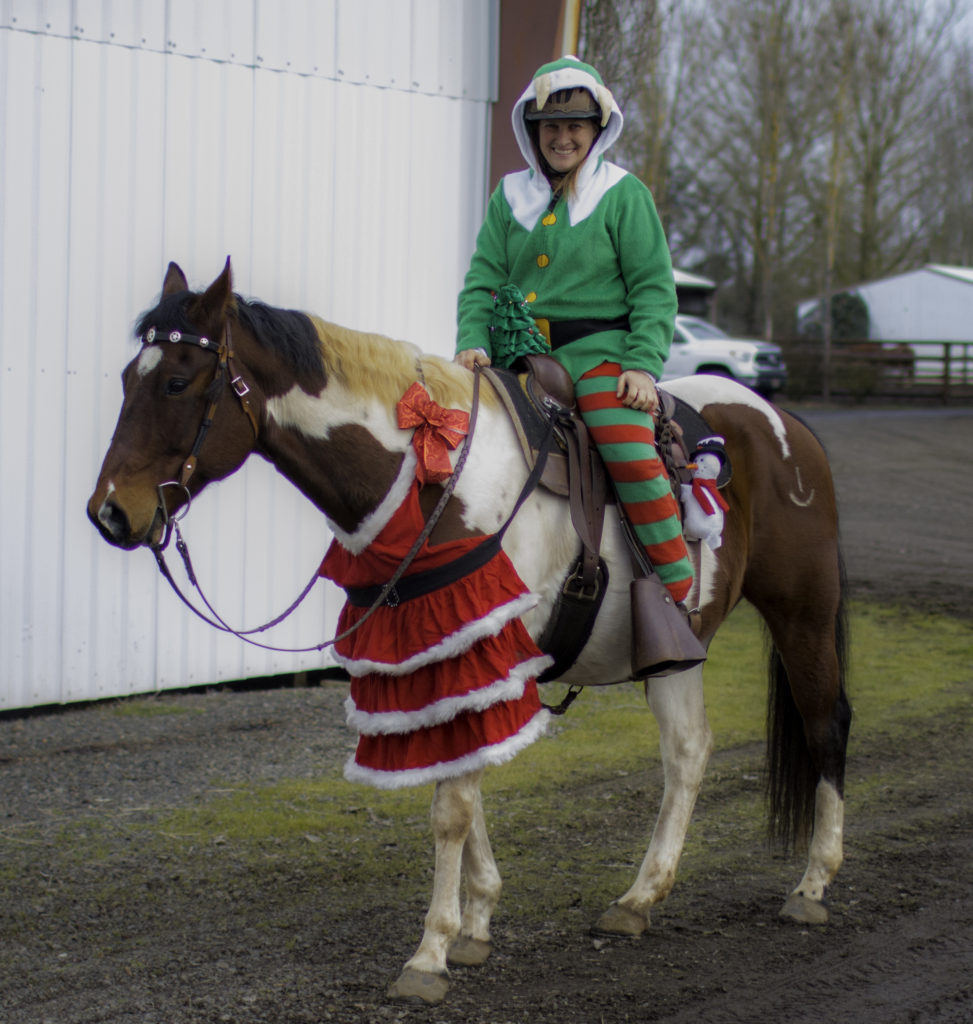

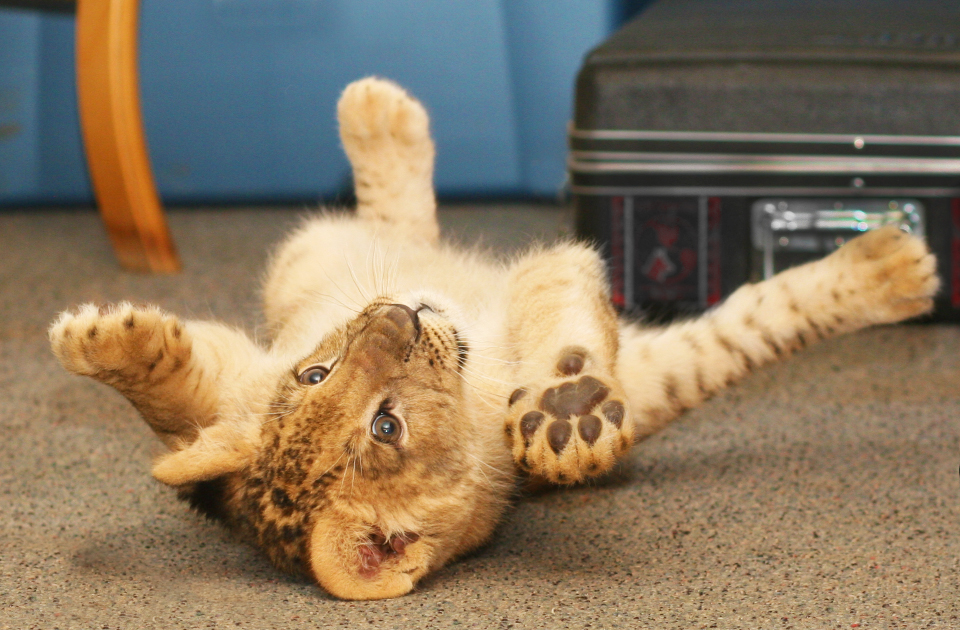
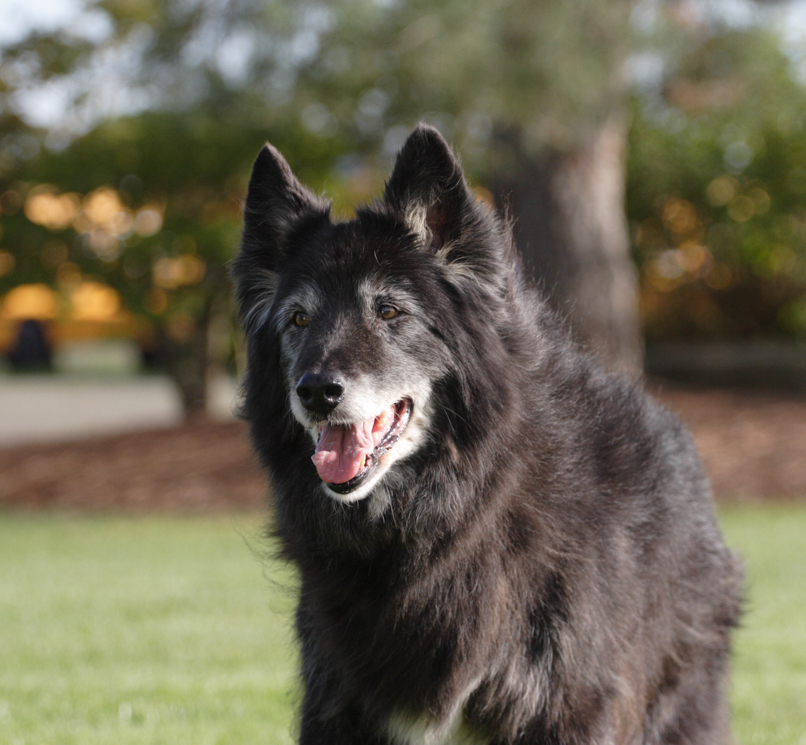


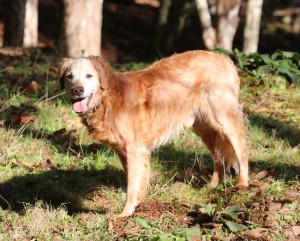

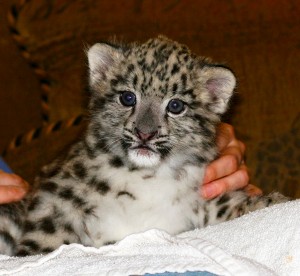



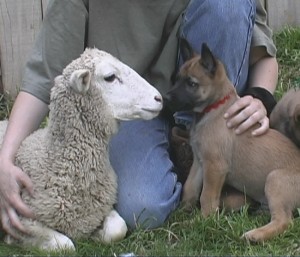
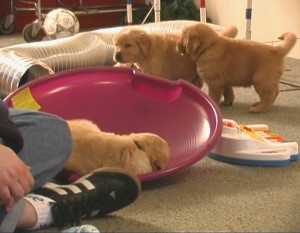

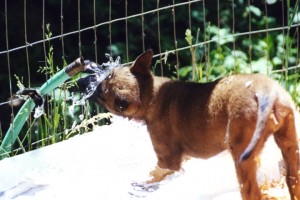
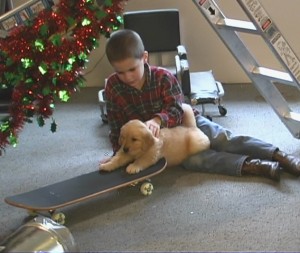
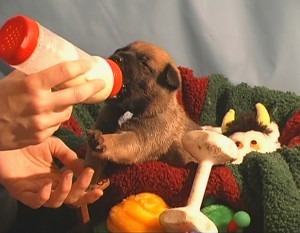
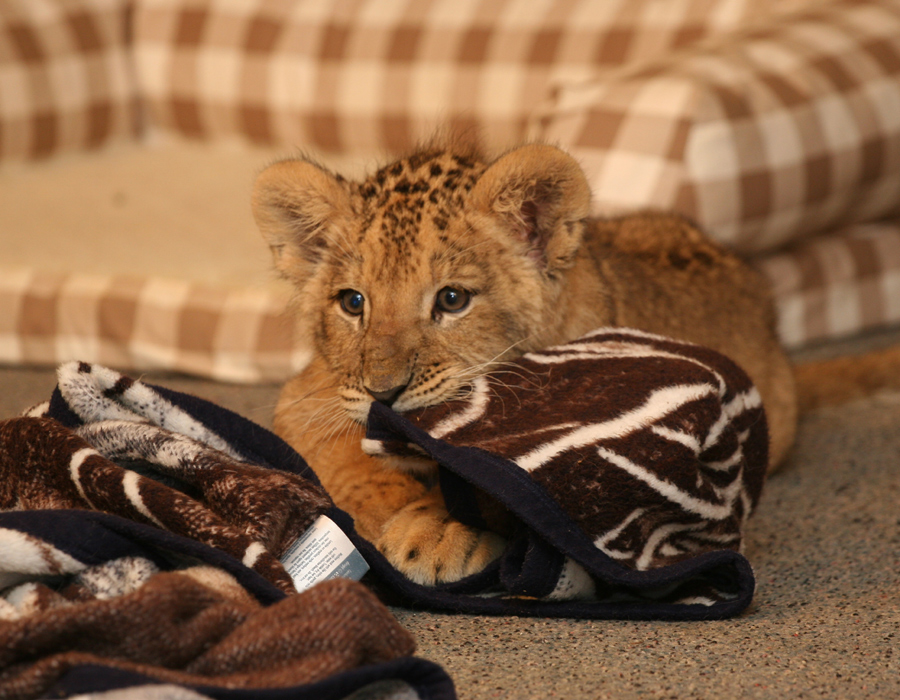
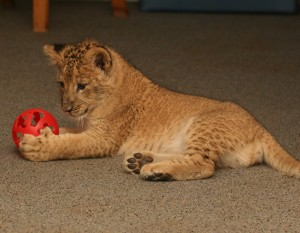

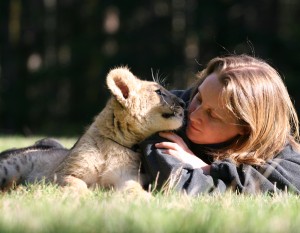

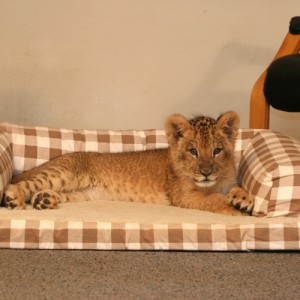 Today was one of those days when you try to stay inside. We mulled cider, finished decorating for Christmas, and played fetch in the living room. When we had to go outside to do chores we bundled up with mittens and hats. This is the first truly cold week of the season at our facility, and it has me thinking, again, about how technology benefits animals.
Today was one of those days when you try to stay inside. We mulled cider, finished decorating for Christmas, and played fetch in the living room. When we had to go outside to do chores we bundled up with mittens and hats. This is the first truly cold week of the season at our facility, and it has me thinking, again, about how technology benefits animals.
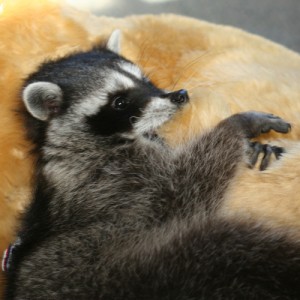 I write this article cuddled in my warm bed with dogs and cats while sipping cocoa. Looking over at Sequel, hogging the down comforter as always, I smile. Long ago, on a cold night like tonight, his ancestor took the first tentative steps out of the lonely dark to join my ancestor by the fire, and we are both immeasurably thankful. Our animals are all asleep; warm, with blankets and water and full stomachs. But I look out the window towards the woods and think about the many wild animals suffering. Some of them will find their way into our home, our pastures, or our vehicles, and some will have the reserves to endure the long bitter winter, but many will simply die—unable to find enough food or water and eventually succumbing to the brutal cold.
I write this article cuddled in my warm bed with dogs and cats while sipping cocoa. Looking over at Sequel, hogging the down comforter as always, I smile. Long ago, on a cold night like tonight, his ancestor took the first tentative steps out of the lonely dark to join my ancestor by the fire, and we are both immeasurably thankful. Our animals are all asleep; warm, with blankets and water and full stomachs. But I look out the window towards the woods and think about the many wild animals suffering. Some of them will find their way into our home, our pastures, or our vehicles, and some will have the reserves to endure the long bitter winter, but many will simply die—unable to find enough food or water and eventually succumbing to the brutal cold.